I have been trying to figure out how to convert ts object to a data.frame, so that I can plot it in ggplot. Anyone have some great ideas how this is done? Here's how the ts object looks like
> austres
Qtr1 Qtr2 Qtr3 Qtr4
1971 13067.3 13130.5 13198.4
1972 13254.2 13303.7 13353.9 13409.3
1973 13459.2 13504.5 13552.6 13614.3
1974 13669.5 13722.6 13772.1 13832.0
1975 13862.6 13893.0 13926.8 13968.9
1976 14004.7 14033.1 14066.0 14110.1
1977 14155.6 14192.2 14231.7 14281.5
1978 14330.3 14359.3 14396.6 14430.8
1979 14478.4 14515.7 14554.9 14602.5
1980 14646.4 14695.4 14746.6 14807.4
1981 14874.4 14923.3 14988.7 15054.1
1982 15121.7 15184.2 15239.3 15288.9
1983 15346.2 15393.5 15439.0 15483.5
1984 15531.5 15579.4 15628.5 15677.3
1985 15736.7 15788.3 15839.7 15900.6
1986 15961.5 16018.3 16076.9 16139.0
1987 16203.0 16263.3 16327.9 16398.9
1988 16478.3 16538.2 16621.6 16697.0
1989 16777.2 16833.1 16891.6 16956.8
1990 17026.3 17085.4 17106.9 17169.4
1991 17239.4 17292.0 17354.2 17414.2
1992 17447.3 17482.6 17526.0 17568.7
1993 17627.1 17661.5

